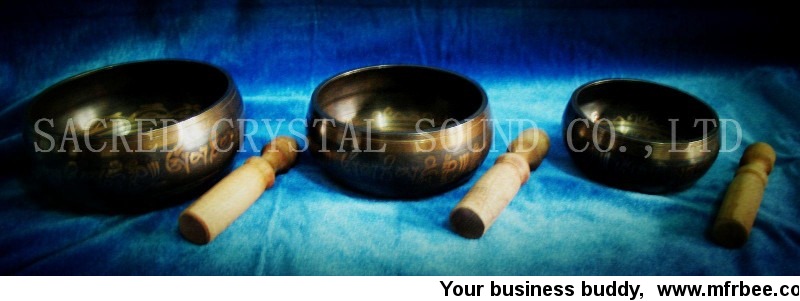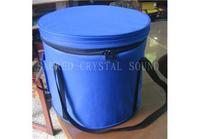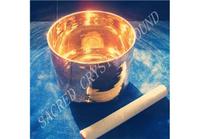Tibet singing bowl
Specifications
According to Tibetan oral tradition, the existence of singing bowls dates back to the time of the historical Buddha Shakyamuni (560 - 480 B.C.). The tradition was brought from India to Tibet, along with the teachings of the Buddha, by the great tantric master Padmasambhava in the 8th century A.D.
Product details
A metallurgical analysis, done by the British Museum in London, reveals that the instruments are made of a 12-metal alloy consisting of silver, nickel, copper, zinc, antimony, tin, lead, cobalt, bismuth, arsenic, cadmium and iron. Now a lost art, it appears that this quality of bell bowl cannot be reproduced today.
In addition to their traditional usage for meditation, Tibetan singing bowls are used for deep relaxation, stress reduction, holistic healing, Reiki, chakra balancing, and World music. Many people find that the rich blend of harmonic overtones which the bells produce have a direct affect upon their chakras.
Playing the bells usually causes an immediate centering effect. The tones set up a "frequency following response" that creates a balancing left/right brain synchronization. Meditating on the subtle sounds of the Tibetan singing bowl tunes one in to the universal sound within and without.
- Country: China (Mainland)
- Market: Africa,Americas,Europe,European Union,Middle East,Oceania
- Founded Year: 2005
- Address: NO 163,Jianshe Street
- Contact: cindy zhao











